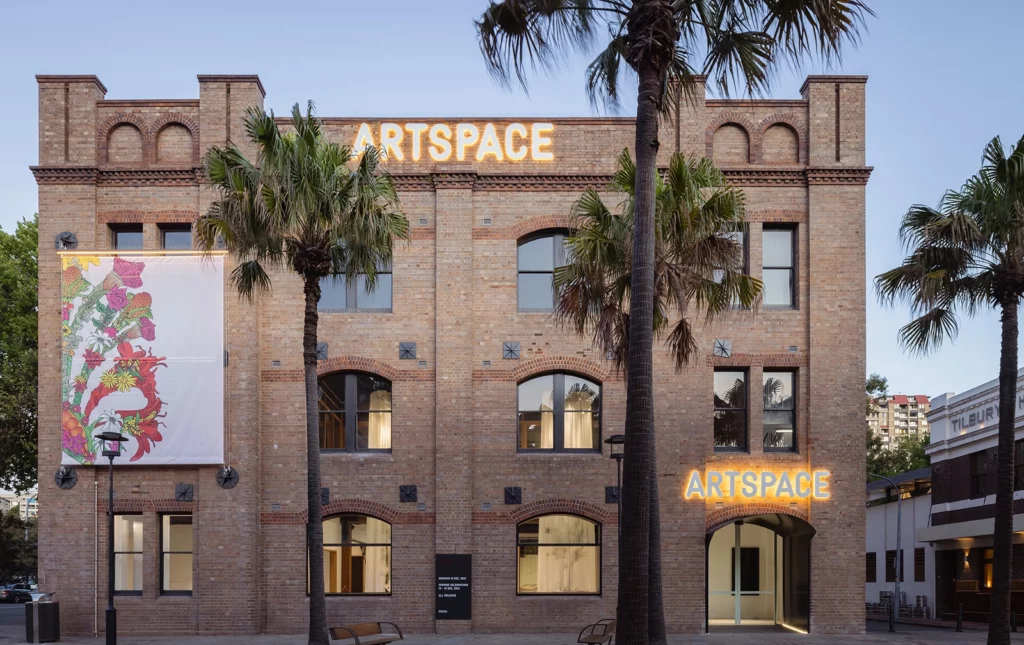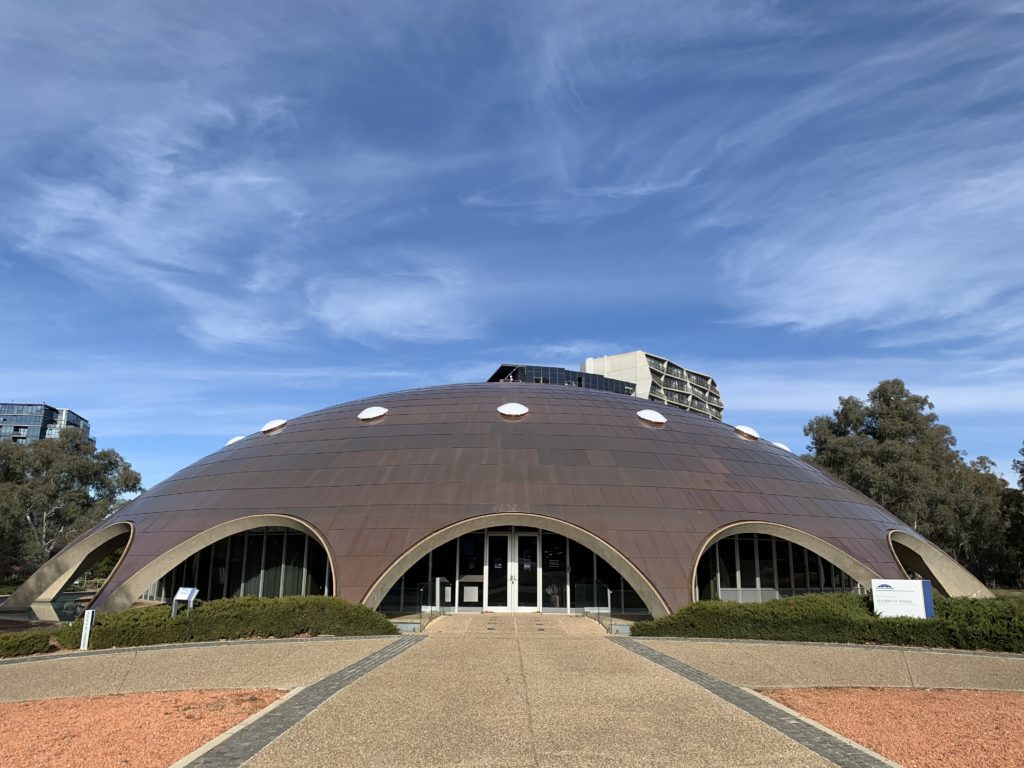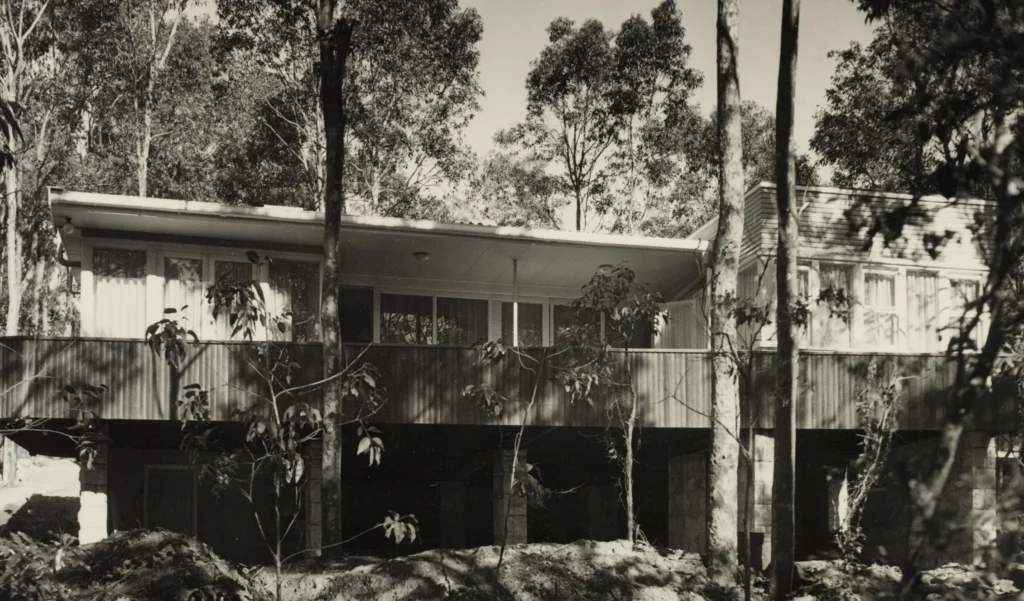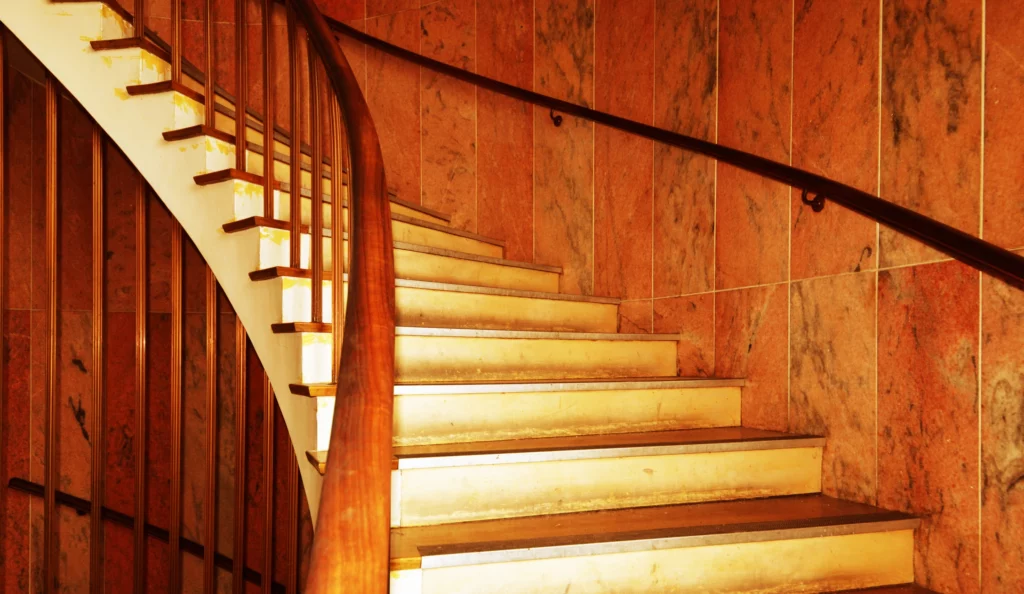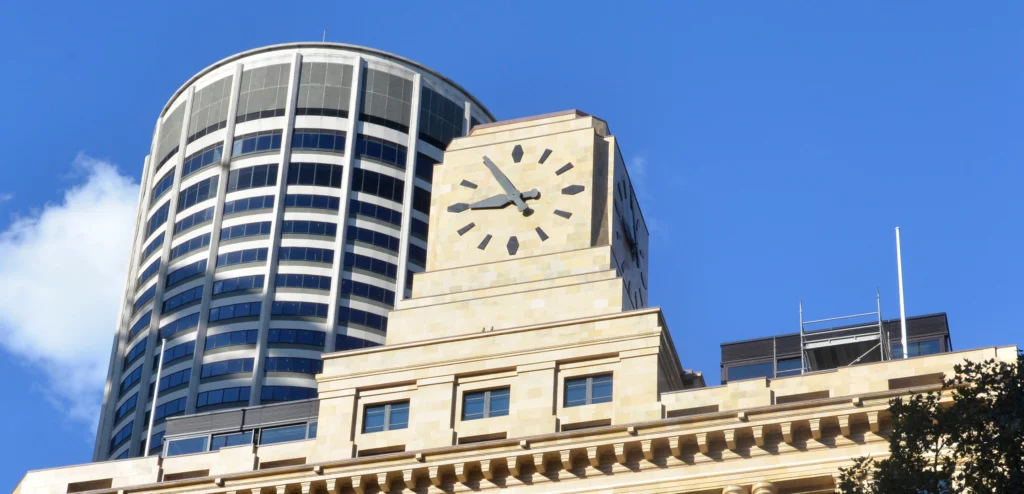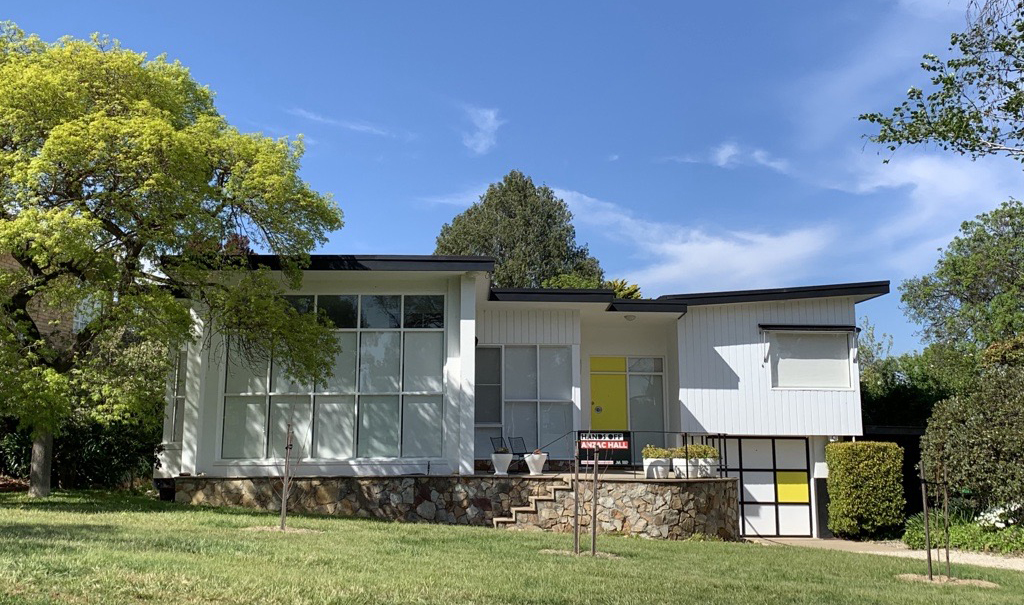
Canberra’s mid-century heritage
Canberra was a design laboratory for burgeoning architects and design professionals, from the innovative vision of the Griffins to the postwar development by the National Capital Development Commission.
Many of these creatives are considered pioneers of the modern movement in Australia, including Robin Boyd, Roy Grounds, Kenneth Oliphant, Sydney Ancher, Theo Bischoff, Dirk Bolt, Michael Dysart, John Andrews and Harry Seidler. The list includes migrants to Australia that made a name for themselves in Canberra including Romaldo Giurgola, Enrico Taglietti, Malcolm Moir, Heather Sutherland and Alex Jelinek.
As a twentieth-century planned city, Australia’s capital, Canberra, embodies modernism and democratic ideals in its buildings and historic urban landscape, unlike any other city. Yet Canberra’s significant mid-century modern architecture is under threat, with many buildings already lost.
The National Trust proposed a thematic study of modernist housing to ACT Heritage as part of a Special Grant Work Plan in 2021.
GML was engaged to undertake the thematic study which will establish the themes, typologies and a comparative framework for identifying modernist houses in the ACT.
The thematic study is fantastic news for raising awareness and understanding of the contribution of mid-century modernism to Australian design history, and we hope will provide much needed momentum for other jurisdictions to do similar studies.
The thematic study will be made available in 2024. The project has been made possible by funding from the ACT Government.
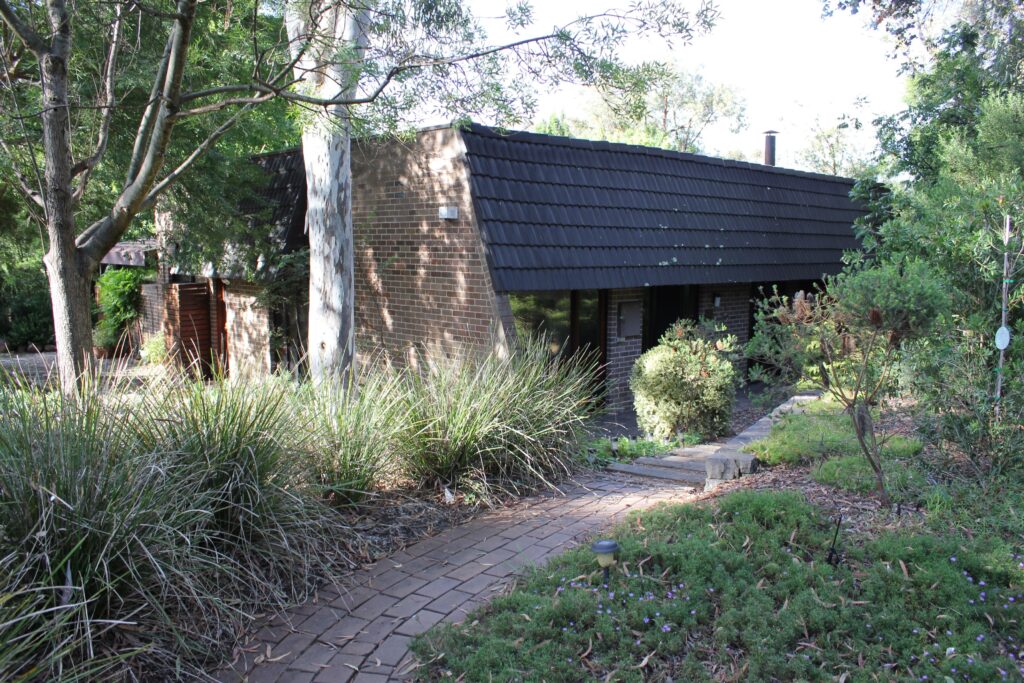
Urambi Village, Michael Dysart & Partners, 1974. Photo: Canberra Modern, 2024
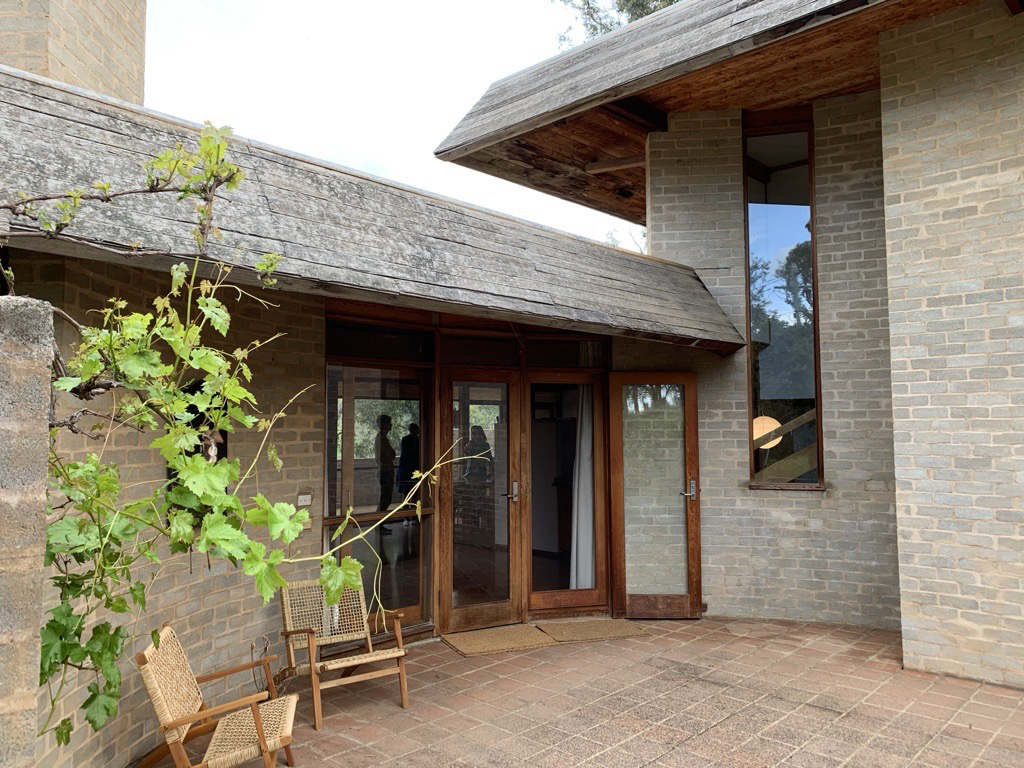
Paterson House, Aranda, Enrico Taglietti & Associates, 1970
